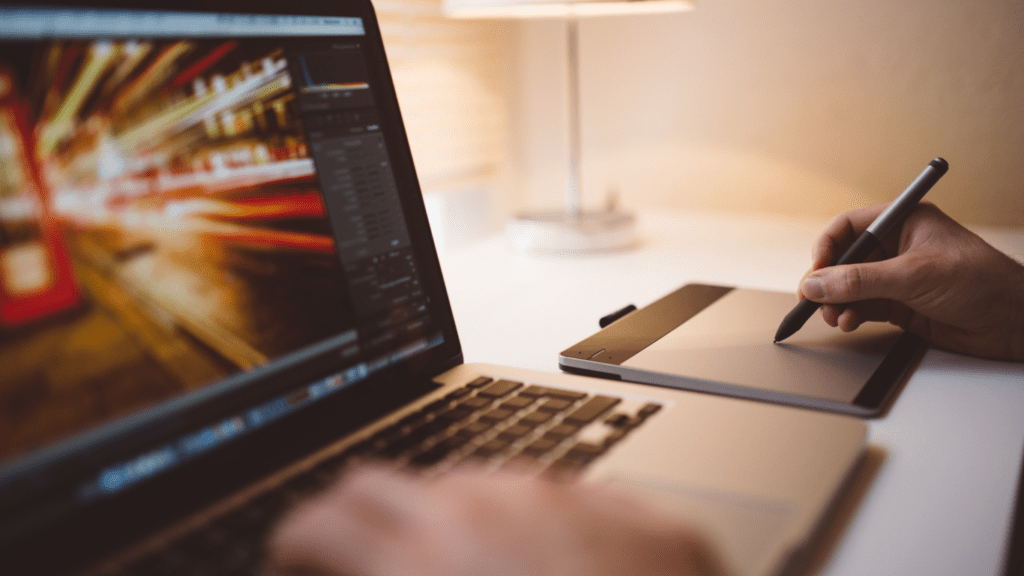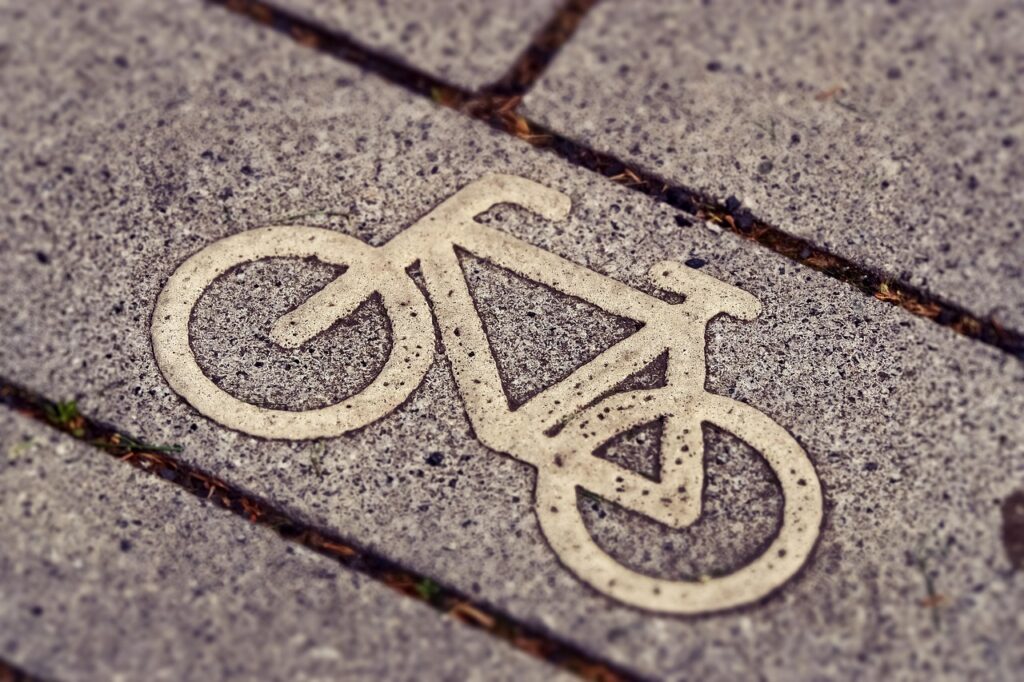Are you an artist looking to transform your traditional artworks into stunning digital masterpieces? In today’s digital age, the fusion of traditional art techniques with modern technology offers endless creative possibilities. As an experienced artist, I’ve discovered the exciting journey of transitioning from canvas to screen, unlocking a whole new realm of artistic expression.
Exploring the process of digitizing your art can open doors to a wider audience, enhanced creativity, and innovative ways to showcase your talent. In this article, I’ll share valuable insights and practical tips on seamlessly transitioning your traditional art into captivating digital creations. Join me as we delve into the transformative world where pixels meet paint, and imagination knows no bounds.
Understanding the Transition from Traditional to Digital Art
The Evolution of Digital Art:
Exploring the evolution of digital art reveals a transformative journey from physical mediums to virtual canvases. Traditional art techniques now find new life in the realm of pixels and bytes, offering artists innovative tools to unleash their creativity.
Benefits of Digitalizing Your Traditional Art:
Transforming traditional art into digital masterpieces opens up a realm of possibilities for artists. Digitization enables creators to expand their audience reach globally, experiment with new styles effortlessly, and present their work in dynamic and interactive ways that captivate viewers.
Essential Tools and Software for Digital Art
When it comes to creating digital masterpieces, having the right tools and software at your disposal is essential to bring your artistic vision to life. Let’s delve into the key hardware and software options that can elevate your digital art game.
Choosing the Right Hardware
I believe that selecting the appropriate hardware is the foundation for successful digital art creation. Here are some crucial hardware components that can enhance your workflow and overall digital art experience:
- Graphics Tablet: A graphics tablet, like the Wacom Intuos Pro or Huion Kamvas Pro, offers precision and control when working on digital art, providing a natural drawing experience similar to traditional media.
- Stylus Pen: Investing in a high-quality stylus pen, such as the Apple Pencil or Microsoft Surface Pen, can significantly improve your digital drawing accuracy and responsiveness.
- High-Resolution Monitor: A high-resolution monitor with accurate color representation, like the Dell UltraSharp or ASUS ProArt series, is essential for ensuring that your digital artworks look vibrant and true to life.
- Powerful Computer: A robust computer with ample processing power and RAM is crucial for running graphic-intensive software smoothly. Consider models with dedicated graphics cards for optimal performance.
Best Software for Beginners
When starting your digital art journey, choosing the right software can make a significant difference in your learning curve and creative output. Here are some top software recommendations for beginners looking to dive into digital art:
- Adobe Photoshop: A versatile software widely used in the art and design industry, Adobe Photoshop offers a range of powerful tools for digital painting, photo editing, and graphic design.
- Procreate: An intuitive and user-friendly app designed for iPad users, Procreate provides a streamlined interface and a wide array of brushes and tools for creating stunning digital art.
- Autodesk Sketchbook: Ideal for beginners, Autodesk Sketchbook is a free software offering a simple yet feature-rich platform for sketching, drawing, and painting digitally.
- Corel Painter: Known for its realistic brush strokes and textures, Corel Painter is a favorite among traditional artists transitioning to digital art, offering a natural painting experience.
By choosing the right hardware and software tailored to your artistic needs and skill level, you can unlock your potential as a digital artist and create captivating masterpieces with confidence.
Step-by-Step Guide to Digitalizing Your Artwork
When transitioning your traditional art into digital masterpieces, there are essential steps to follow for a seamless conversion process.
Scanning vs. Photographing Your Art
To begin digitalizing your artwork, you’ll need to decide between scanning and photographing your pieces. Scanning offers higher quality and better color accuracy, making it ideal for detailed artworks. On the other hand, photographing can be more convenient for larger pieces or those with textures that scanners may struggle to capture. Consider the specifics of your artwork and choose the method that best preserves its original quality.
Editing and Enhancing Techniques
Once you have your digital versions of the art, it’s time to enhance and refine them using editing techniques. Familiarize yourself with software tools like Adobe Photoshop or Procreate to adjust colors, sharpen details, and clean up imperfections. Experiment with different filters and effects to elevate your artwork and give it a professional polish. Embrace the flexibility of digital editing to bring out the best in your pieces and unleash your creativity without limitations.
Creative Tips for Transforming Traditional Art into Digital Masterpieces
I’ll share some creative tips to help you turn your traditional art into stunning digital masterpieces.
Incorporating Mixed Media Elements
Incorporate mixed media elements into your digital art to add depth and visual interest. By combining traditional techniques like painting or drawing with digital tools, you can create unique and engaging artworks. Experiment with blending different textures, such as watercolor washes or pencil sketches, to achieve a dynamic and eclectic look in your digital pieces.
Experimenting with Colors and Textures
Experiment with a wide range of colors and textures in your digital art to enhance visual impact. Use digital brushes to create intricate patterns and realistic textures that mimic traditional art materials. Play with color gradients, overlays, and blending modes to achieve vibrant and eye-catching effects. Don’t be afraid to explore different color palettes and textures to make your digital artworks stand out.
Showcasing and Selling Your Digital Art
When it comes to showcasing your digital art, leveraging online platforms and social media is crucial. It’s essential to choose platforms that align with your artistic style and target audience. For instance, platforms like Instagram and Pinterest are great for visual artists to display their work to a wide audience.
Online Platforms and Social Media
I utilize Instagram as my primary platform to showcase my digital artworks. It allows me to connect with art enthusiasts globally and gain exposure for my pieces. Remember to use relevant hashtags and engage with your followers to build a strong online presence.
Pricing and Marketing Strategies
When pricing your digital art, consider factors like the time invested, complexity of the piece, and your level of expertise. Conduct market research to understand pricing trends in the digital art industry. Implementing effective marketing strategies such as offering limited edition prints or running promotions can help increase sales and attract potential buyers.



